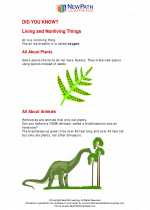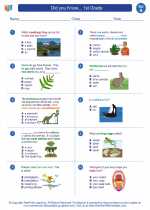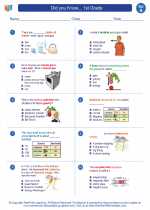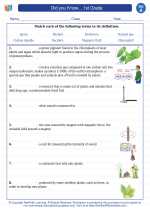Plains: A First Grade Science Study Guide
What are Plains?
Plains are large stretches of flat or gently rolling land. They are typically found at low elevations and can be found on every continent on Earth.
Formation of Plains
Plains can be formed by a variety of natural processes. Some are formed by the deposition of sediments by rivers, while others are created by the erosion of mountains and hills over time. Glaciers and ice sheets can also flatten the land, creating plains.
Types of Plains
There are different types of plains, including coastal plains, interior plains, and floodplains. Coastal plains are formed by the deposition of sediments along coastlines, while interior plains are found in the middle of continents. Floodplains are low-lying areas near rivers that are prone to flooding.
Plants and Animals
Plains are home to a wide variety of plant and animal species. Grasses, shrubs, and trees can be found in different types of plains, providing habitats for animals such as bison, antelope, and prairie dogs.
Human Uses of Plains
Plains are often used for agriculture, as the flat land is ideal for growing crops and raising livestock. They are also used for transportation and urban development.
Review Questions
- What are plains?
- How are plains formed?
- What are the different types of plains?
- What kinds of plants and animals are found in plains?
- How do humans use plains?
By studying these concepts, you can gain a better understanding of the natural world around you!
.◂Science Worksheets and Study Guides First Grade. Did you Know... 1st Grade

 Worksheet/Answer key
Worksheet/Answer key
 Worksheet/Answer key
Worksheet/Answer key
 Worksheet/Answer key
Worksheet/Answer key
 Vocabulary/Answer key
Vocabulary/Answer key
 Vocabulary/Answer key
Vocabulary/Answer key
